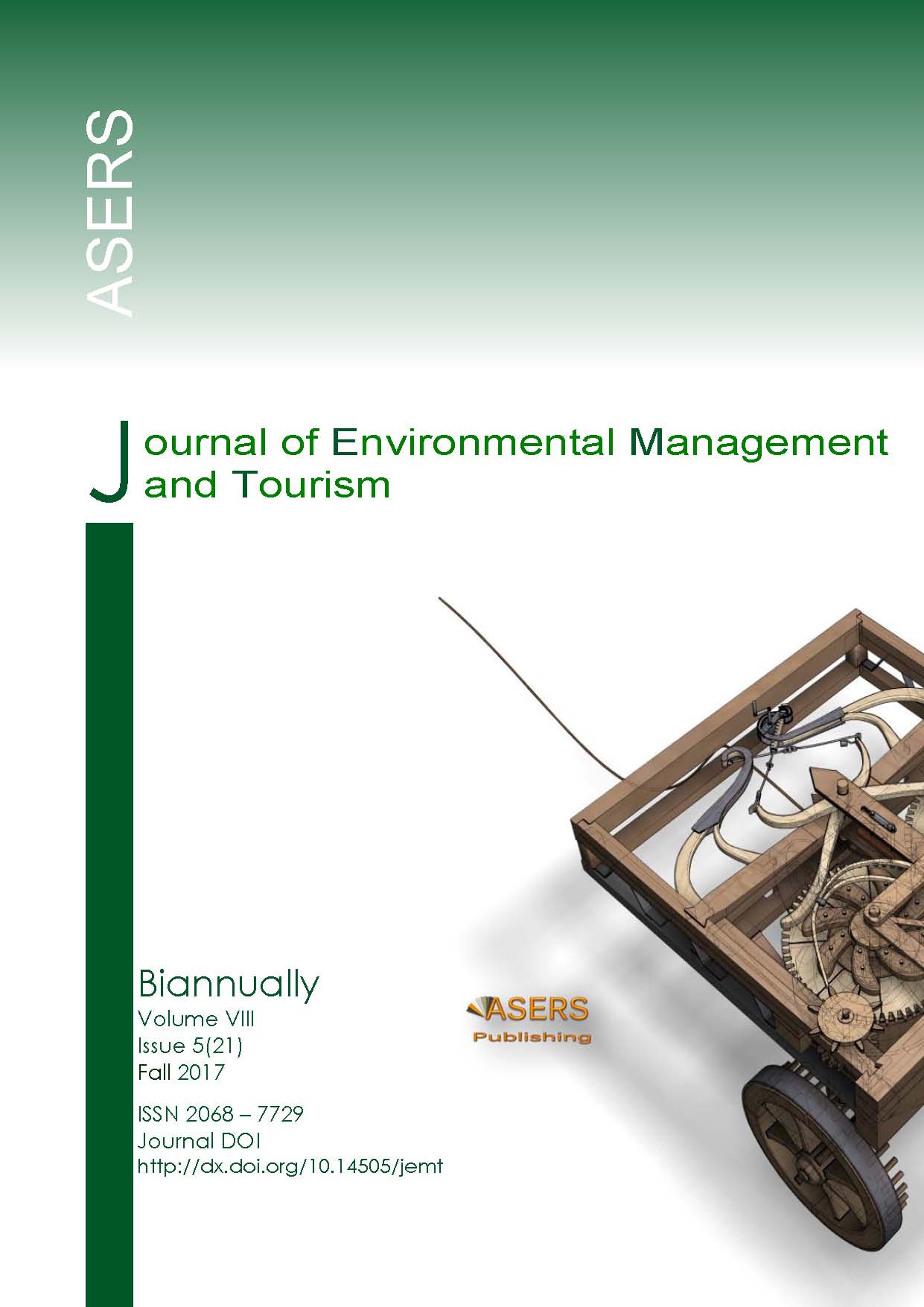Spatio-Temporal Dynamics of the Electric Power Industry Development in European Countries
Spatio-Temporal Dynamics of the Electric Power Industry Development in European Countries
Author(s): Ekaterina Antipova, Liliya Olegovna Zhigalskaya, Irina Rodionova, Maxim Vasilyevich CHERNYAEVSubject(s): Economy
Published by: ASERS Publishing
Keywords: electric power industry; electricity independence; renewable resources; alternative energy sources; typology of countries; energy security
Summary/Abstract: Currently the issues of energy and economic security of states are of the utmost importance. The article analyzes the dynamics of the electric power industry development in European countries using the trend and sectoral approaches, geographic systematization and cartographic method. The dynamics of electricity production and consumption in Europe is characterized based on the statistics of the International Energy Agency over the period 1992-2014. It has been shown that European countries differ in trends in the dynamics of electricity production from the end of the 20th to the beginning of the 21th century. Accordingly, they can be divided into 4 groups characterized with the following: 1) steady growth (Germany, France, Austria, Poland, etc.), 2) intensive growth (Italy, Spain, Greece, Ireland, etc.), 3) unstable dynamics (Norway, Switzerland, Denmark, Finland, etc.), 4) fall in production in the early 1990s and further growth (some post-socialist countries). The paper analyzes the change in the sectoral structure of electric power production in Europe as a whole and in certain European countries and reveals the differences in the degree of their electric power independence. These differences are reflected in the division of European countries into electric energy-sufficient and electric energy-deficient ones with prevalence of the latter. The analysis of the sectoral structure of the electric power industry in the countries of the European region has shown a tendency towards diversification and increase in the share of alternative energy sources. Besides, the typology of the electric power industry development level in European countries has been set out. Based on a scoring method and calculation of the integrated index using the indicators that assess: 1) the production and consumption of electricity; 2) the sectoral structure and the efficiency of the electric power industry functioning, five types of countries have been defined. At present, 10 countries (Germany, France, Sweden, United Kingdom, Spain, Austria, Norway, Russia, Italy and Romania) that have reached a very high level of electric power industry development according to the complex of the studied indicators can be considered as a core of the region. It has been revealed that countries with a high and medium level of the electric power industry development prevail in modern Europe. At the same time, during the period from 1992 to 2014, the share of countries with a very high, high and medium level of the electric power industry development increased, while the number of countries with a low and very low level decreased.
Journal: Journal of Environmental Management and Tourism (JEMT)
- Issue Year: VIII/2017
- Issue No: 05 (21)
- Page Range: 1105-1118
- Page Count: 14
- Language: English
- Content File-PDF

